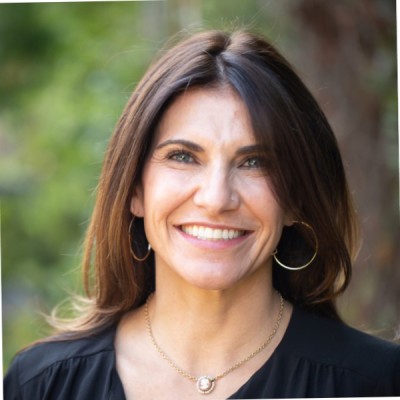Look Again: How to Find Top Talent Among Those Who Didn't Make the First Cut


Delphine Carter checked all the boxes. She had a robust background in product and sales development and thought she found an opportunity that she could be successful in.
But like many, Carter’s nonlinear work history caused her resume to be initially rejected. “I applied but I didn’t get an interview. A friend of mine was friends with the hiring manager though, and said that I was a great cultural fit and they ended up hiring me.”
Carter called herself a “trash can hire,” a term referring to a candidate whose resume was tossed out in the initial screening but rescued in the end. Now, as the CEO and founder of Boulo Solutions, Carter speaks about her business of helping employers break out of their traditional hiring processes to adopt a more open-minded approach. Carter spoke on the subject during a thought leadership spotlight at From Day One’s November virtual conference.
Avoid Looking at Titles and Education
Traditional hiring practices look primarily at linear work experience, with employers scanning resumes for key titles, education and company names. However, this method removes candidates with nontraditional resumes who may be prime candidates as well, Carter says.
“Ask recruiters to ignore titles, industry and timelines and focus on what’s needed. Put these candidates in front of a panel that represents people from different areas of your organization,” Carter said. “This can help ensure a fair evaluation process and expand the type of questions that the candidate might receive.”
At Boulo Solutions, clients are already embracing this change. For each candidate, Boulo Solutions creates a profile of their work experience and skills to present to employers.
“We create a 360-degree profile of our candidates with the information that shows off their capabilities in a nonlinear fashion, to eliminate the bias that’s caused by hyper-focusing on titles, timelines and industry,” Carter said. “This helps the candidate stand out because it calls out hard and soft skills that they’ve gained through job and life experiences. Our customers feel like they’ve had a mini interview, and it makes it easier to compare the hard and soft skills of one candidate with another.”
Grow Your Referral Pipeline

82% of employers rated referrals as their top source for yielding the best return on investment, showing referrals from employees can be a reliable source for employers to get top candidates.
“Referrals come from people within your organization or a personal network, who are familiar with both the candidate and your company’s culture. As hiring managers, you can elevate this element of trust and credibility to identify candidates who are more likely to align with your company’s values and expectations,” Carter said.
For employers, 45% of referral hires stay longer than four years, compared to only 25% of job board hires, and can cost less to hire than other hiring sources. Having a referral pipeline from employees and industry peers can diversify the hiring pool and help employers look at candidates beyond just the ones that come from the job board, Carter says.
“Grow a referral pipeline from industry peers or companies with cultures similar to yours,” Carter said. “This method leverages personal and professional connections to find individuals who possess qualities that are essential beyond what’s written on their resumes and can contribute to a more robust and culturally aligned workforce.”
Break Out of Tradition
As a former “trash-can hire,” Carter isn’t afraid to go dumpster diving. “The best reason for dumpster diving is that these candidates are in the dumpster because they applied and they found your company and that job interesting,” Carter said.
Looking at rejected resumes with a different mindset can help change traditional hiring practices and give top candidates a second chance. When evaluating these resumes, employers should look for the value proposition that the candidate can add to the company.
“Some exceptional candidates may not have the most conventional resumes but there’s a chance of uncovering those diamonds in the rough who may not have typical paper qualifications but possess the skills and potential your organization needs,” Carter said. “Look for the diverse perspectives and backgrounds that are missing from your team and find how they could add value.”
Editor’s note: From Day One thanks our partner, Boulo Solutions, for sponsoring this thought leadership spotlight.
Wanly Chen is a writer and poet based in New York City.
The From Day One Newsletter is a monthly roundup of articles, features, and editorials on innovative ways for companies to forge stronger relationships with their employees, customers, and communities.